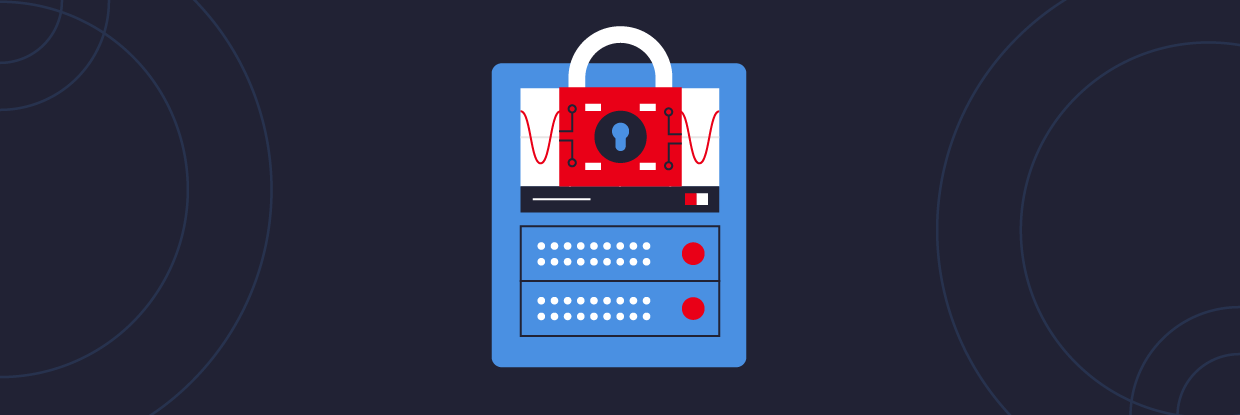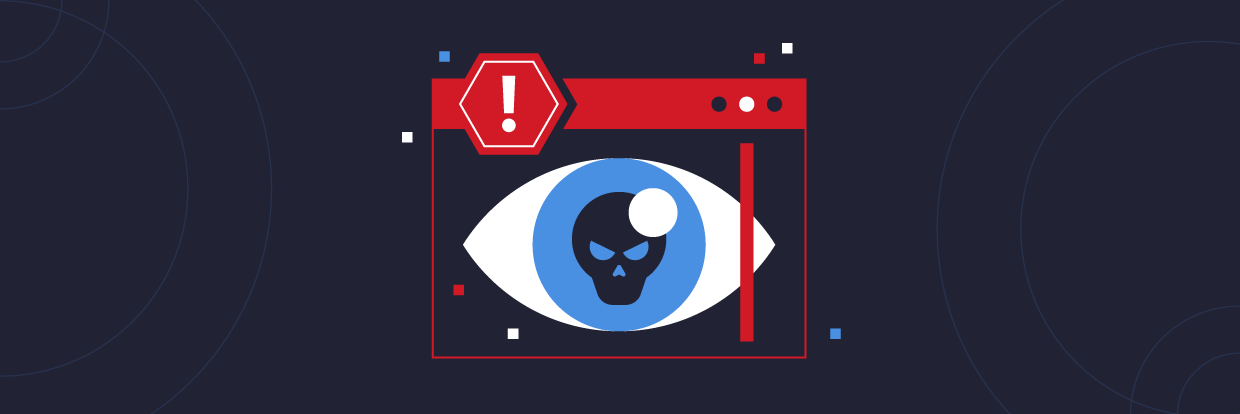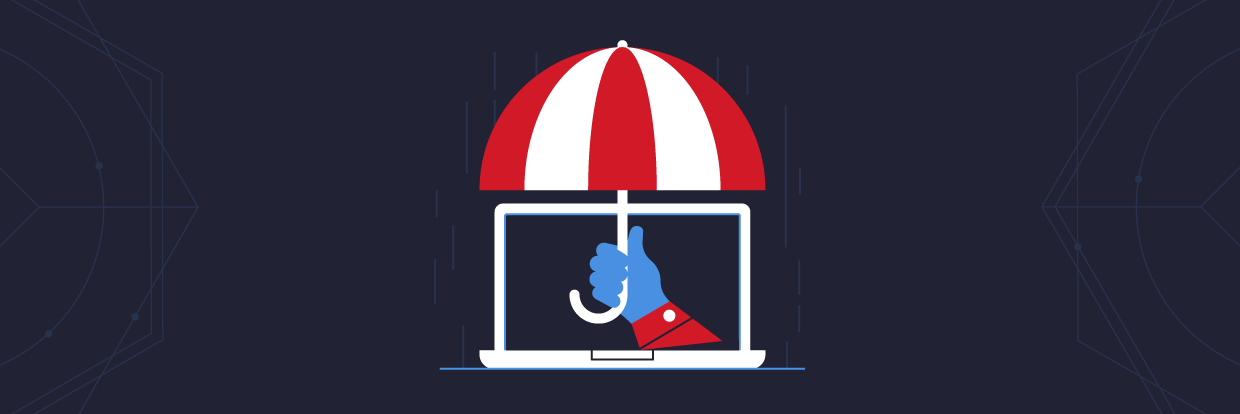When most people think of the CIA, they picture suits and ties, espionage, and James Bond. But the CIA triad (which stands for confidentiality, integrity, and availability) protects organizations from a different type of danger.
The CIA triad we’ll be discussing is a security model designed to guide an organization in establishing its security infrastructure. It consists of key principles and objectives for information security programs and strategy development.
In this article, we’ll discuss the CIA triad model and how it should be applied to best protect your organization and your data.
- What is the CIA triad?
- Components of the CIA triad
- CIA triad use cases
- Three steps to using the CIA triad
- CIA triad model: pros and cons
- How Varonis can help
What is the CIA triad?
The CIA triad security model is built around the principles of confidentiality, integrity, and availability and is used to guide security leaders and teams, particularly with their data classification and data security. The goal of the triad is to help organizations build their security strategy and develop policies and controls while also serving as a foundational starting point for any new use cases, products, and technologies.
Get the Free Pentesting Active
Directory Environments E-Book
Components of the CIA Triad

Despite the name, the CIA Triad is not connected with the Central Intelligence Agency – but is an acronym for:
- Confidentiality ensures that information is accessible only by authorized individuals;
- Integrity ensures that information is reliable; and
- Availability ensures that data is available and accessible to satisfy business needs.
Below is a breakdown of the three pillars of the CIA triad and how companies can use them.
Confidentiality
Confidentiality is the guiding principle that ensures data is kept private, secret, and secure. Without confidentiality, in theory, all data would be accessible to anyone, anywhere — whether employees or the public — which can be disastrous.
This principle ensures data can only be accessed by assigned roles or specific individuals rather than being accessible by anyone in the company. This principle also helps secure external and customer data by implementing permissions, authentication, and authorization controls to prevent unauthorized access.
Integrity
Integrity establishes a baseline for your assets and requires organizations to ensure consistent, accurate, reliable, and secure data. If the information is inaccurate or tampered with, this could signify a cyberattack, vulnerability, or security incident.
Following this principle requires encryption for data in transit, hashing passwords, implementing version controls, and leveraging intrusion detection systems to maintain data integrity.
Availability
Systems, applications, and data should constantly be in a state of availability; if applications are unavailable, it may mean an attack has brought them down. Lack of availability can result in a slowdown or stop in business processes, or lead to customers' inability to access their information or related software.
CIA triad use cases
The CIA triad model can be used in several ways, including:
- Finding the best way to implement authorization and authentication methods
- Knowing how to keep customer, employee, and critical business data secure
- Ensuring any new devices added to an organization (in any department) are secure without introducing risks
- Identifying and evaluating any new security tools that the organization may procure
The more security culture an organization builds beyond just the information security team, the easier it is to leverage the principles of the CIA triad in other major business decisions, ultimately keeping your organization secure.
Three steps to using the CIA triad
If this is your first time using the CIA triad model, you may be wondering, “Well, how do I use this?” Pulling from one of the use cases above, we’ll walk you through applying the triad to implement an authorization and authentication method — one of the most effective ways to prevent a data breach.
1. Confidentiality
Confidentiality is the No. 1 reason why any authorization or authentication method would be required. Ensuring data is confidential requires you to add a process or tool that keeps your data out of a malicious actor or unauthorized person’s hands.
When evaluating key security priorities for your organization, confidentiality should lead you to consider (among other things) an authentication method. A few options are:
- A simple login (entering just a username)
- Single-factor authentication (such as passwords)
- Location-specific access (such as an office)
- Multi-factor authentication (hardware-based, fingerprint-based)
- External party authentication (a third party verifies your access)
- One-time access links
- Web-based access
Which one is best for your organization requires taking the other principles into account.
2. Integrity
You’ve made the decision to adopt an authentication and authorization method — integrity will now help you narrow down your options quickly and ensure the process you’re using effectively secures your accounts and data. For example, a simple login won’t be enough to keep a malicious actor out, while location-specific access may be the most secure method for securing data.
Using this principle can help you discard options that aren’t as effective (such as a simple login or access links). However, you’re still left with a number of secure options to choose from and surprisingly, it may not be the best idea to use the most secure option.
Here’s where the next principle will help you find a balance to make sure you’re not interfering with productivity.
3. Availability
In this use case, availability is a balancing principle. If you choose an authentication method that is too difficult or tedious to use, employees may either disregard it, or access key accounts less often, slowing down business processes.
Location-based access, for example, doesn’t work for many companies with remote employees and an external party authentication method may not be feasible for a company with thousands of employees.
After leveraging the three principles, you might find that a customizable two-factor authentication (2FA) is the best option for your organization. It gives employees a choice on how they want to use 2FA without being cumbersome and affecting productivity.
It’s also important to note that the principles don’t necessarily have to build on each other. Conclusions you arrive at via a single principle may change when considering a different principle — they can be used to balance each other. The decisions you make may favor one principle more than another, while a different principle can be used to arrive at a balancing conclusion.
CIA triad model: pros and cons
While effective, the CIA triad isn’t foolproof, so it’s important to know what limitations exist for this method.
Pros of the CIA triad
- Simplicity: Many models and frameworks can be overwhelmingly complicated. This model is straightforward and gives you clear, easy-to-understand principles, reducing the risk of human error.
- Balanced: Unlike some frameworks and models that place security and protection above all else, this model’s focus on availability helps security leaders make decisions that satisfy business and security needs.
- Open-ended: There’s no permanent goal or status that you’re aiming for with this model, which is helpful as your organization grows and brings in new devices or upgrades data infrastructures.
Cons of the CIA triad
- Limited: The CIA triad model is best used when considering data, and so it might not be the right tool to protect against social engineering or phishing attacks targeting employees.
- Lack of specificity: The model’s simplicity may also be a struggle for organizations with less security knowledge or starting from scratch. On its own, the principle doesn’t provide enough guidance for building a comprehensive security model for an organization.
- Not holistic: We don’t recommend only using the CIA triad as your security model. Instead, it should be used alongside other models and frameworks to help you establish robust processes and make effective decisions.
How Varonis can help
When it comes to classifying and securing data, leveraging the Varonis Data Security Platform can help you protect your sensitive information. We’ve broken down how our products line up with the CIA triad model.
Confidentiality
Varonis enables you to keep sensitive data secure by automatically identifying and classifying sensitive data while also understanding who should and should not have access — helping you enforce data security and privacy policies.
Integrity
With Varonis, you can create policies that automatically move, archive, quarantine, or delete data based on content type, age, sensitivity, and access activity.
Varonis also monitors data activity, provides a complete audit trail of events, and detects unusual or risky data activity.
These capabilities help maintain integrity while also giving you a tool that alerts you to any potential compromise.
Availability
These solutions improve visibility for data on-premises and in the cloud while streamlining migrations and ensuring the right people have access to the data required to do their job — all without interrupting business processes. This allows you to keep your data secure without compromising on availability or visibility.
Combining security models and frameworks
The CIA triad is a helpful model for organizations with pressing data needs and requirements. Used in conjunction with other frameworks, it can serve as a guiding model to more effective and balanced processes, tools, and policies.
To find out how to better protect your data, check out Varonis DatAdvantage.
What should I do now?
Below are three ways you can continue your journey to reduce data risk at your company:
Schedule a demo with us to see Varonis in action. We'll personalize the session to your org's data security needs and answer any questions.
See a sample of our Data Risk Assessment and learn the risks that could be lingering in your environment. Varonis' DRA is completely free and offers a clear path to automated remediation.
Follow us on LinkedIn, YouTube, and X (Twitter) for bite-sized insights on all things data security, including DSPM, threat detection, AI security, and more.





